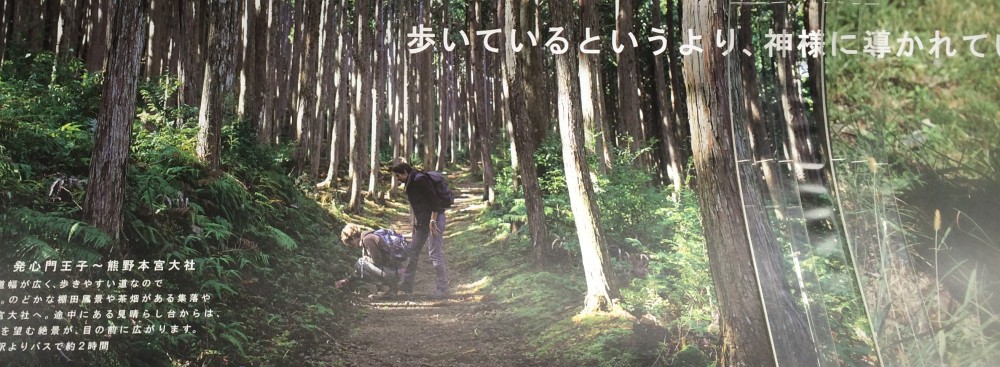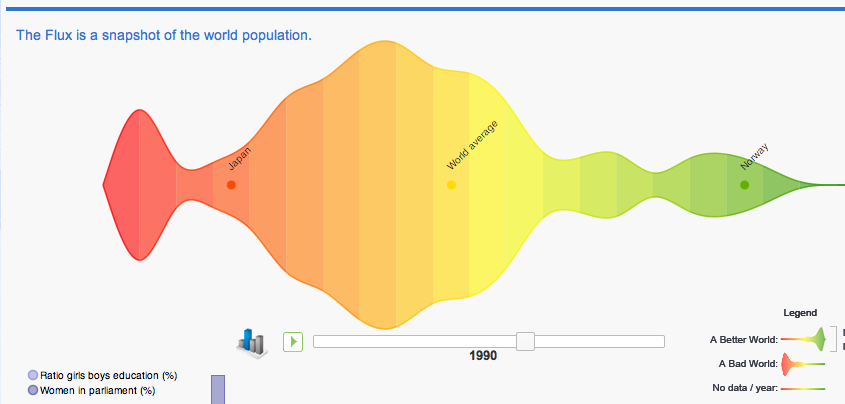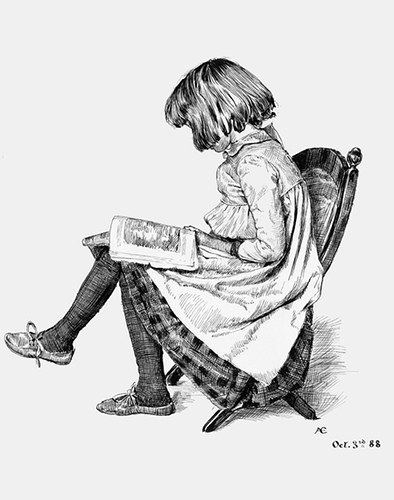“What we do now with words, we’ll soon do with images,” says Kevin Kelly, (a “Wired” geek), in an ancient article published way back in 2008. And what he describes in his NY Times article, “Becoming Screen Literate,” has already come true. Kevin describes how technology shifts bend the culture and the ways in which we communicate and pass on our essential truths. Storytelling has gone from oral to print to photographic to video in the space of a very short span of our history.

The print advertisement was developed at M&C Saatchi, Melbourne, by creative director Steve Crawford, head of art Murray Bransgrove, art director Rebecca Hannah and copywriter Doogie Chapman, with photographer Christopher Tovo and retoucher Ed Croll.
And while we may consider the modern mash-ups and remixes a completely new type of storytelling medium, it is just another way in which storytelling reworks available material to create old stories in new ways. All art recombines and storytelling is no exception.
Storytelling has always been a visual art. The storyteller relied on her actions and expressions or on his masks and props. Storytelling has used puppets, music and actors since ancient times. Now we have so many visual choices to choose from that the prospect of telling a story can seem overwhelming. The story itself, is the most important component, of course, but now it has become obvious that the supporting visuals of storytelling can make or break the story itself.
Most would agree that “Star Wars” is a compelling story, but the truth is that George Lucas could not “sell” his story concept to any movie studio until he had engaged the services of a technically skilled and inspired artist named Ralph McQuarrie, (who has just recently passed away). Ralph drew some compelling illustrations to accompany George’s movie pitch, creating from his fertile imagination, the imposing menace of Darth Vader and the appealing innocence of C3PO. Accompanied by these compelling images, when Lucas pitched his movie to 20th Century Fox, it was immediately financed.

Teaching our students to visualize stories as they write them and then giving them tools to illustrate their stories in a rich variety of ways will equip them to communicate the story lines that the future longs to hear and, in some cases, needs to hear. Exercises in crafting original stories based on old, traditional themes can be as easy as interpreting a fairytale.
During a weekend workshop, we were challenged to create a lesson plan that resulted in the writing of an original digital story. In just a few hours, our team of three was ready. With the intention of encouraging students to write a modern version of an old fairytale, we hammered out a rubric and produced an example story. One told the story, while another quickly illustrated the action in storyboard squares, while the third wrote the lesson plan out in detail. The result was a book created in iBook Author that can be viewed on an iPad or exported as a PDF viewable on any laptop device. Here is our original fairytale sample:
Gretel and the StringFactory

Original fairytale
Another quick and easy way that students can create and share their stories is through Google Docs. The tools provided allow students to create simple drawings, import photos and artwork and even embed videos to accompany their text. Using Google Docs is also a great way to encourage collaboration between students on a story. Because the teacher can be included as an editor on the document as well, students can get immediate comment and feedback on their stories as they write. Here is an example, unfinished but quickly created for a short workshop on digital books that I offered last Friday during a teacher Pro-D work day at our school. The last few pages were added by various teachers as they experimented with the functions of Google Docs. Take a look at the result:
DustyMcHoofers
The PDF version does lack the functionality of the Google Docs version. It does not play the embedded video or show the WordArt “Water” disappearing, etc., it does show a basic sample of what can be produced in a very short time with a minimum of instruction and prep.
We are now ready to set our 4th graders loose to unleash their creativity within the generous and expanding boundaries of a wide range of storytelling tools. It will be exciting to see what they come up with.

















